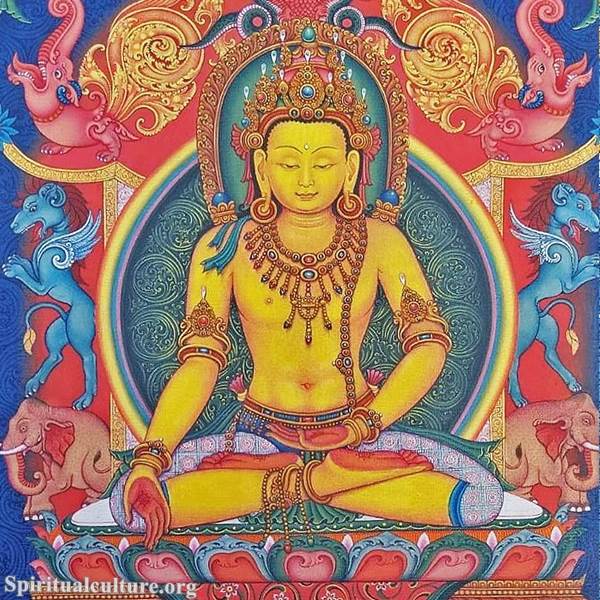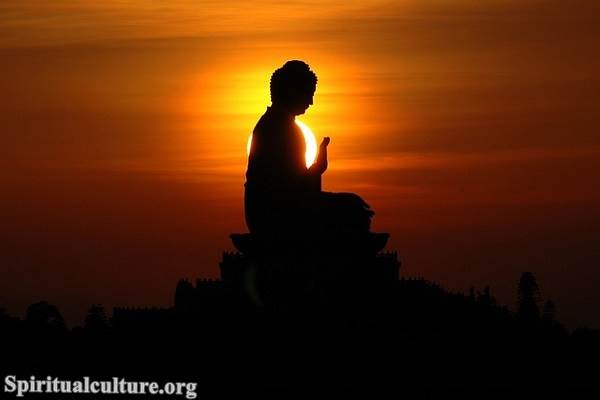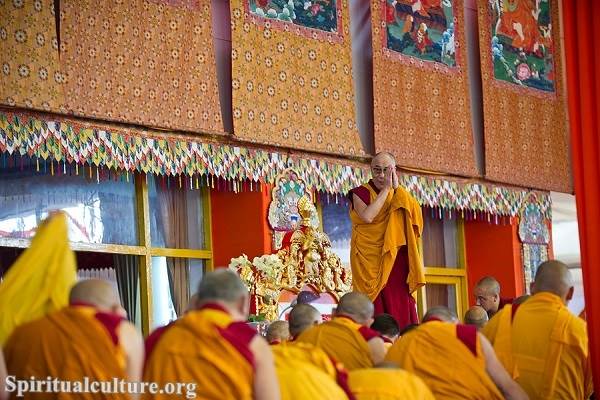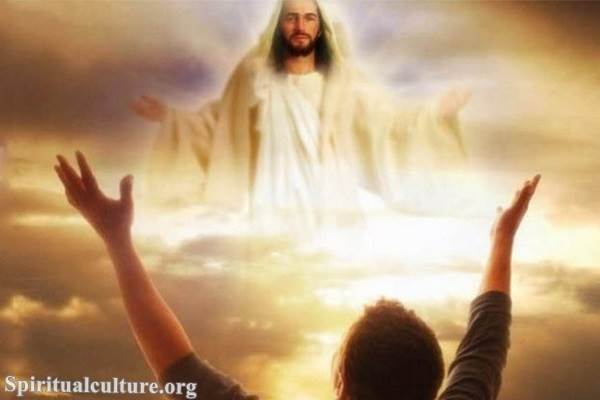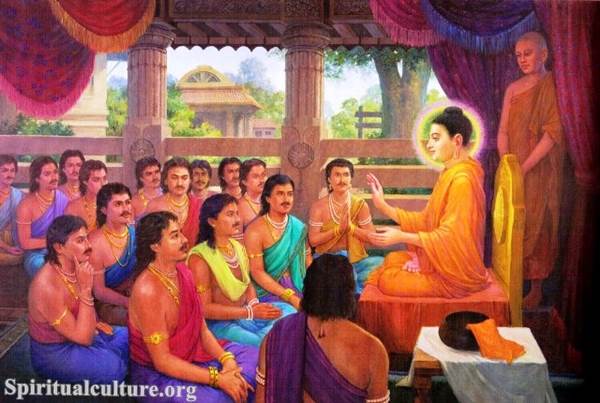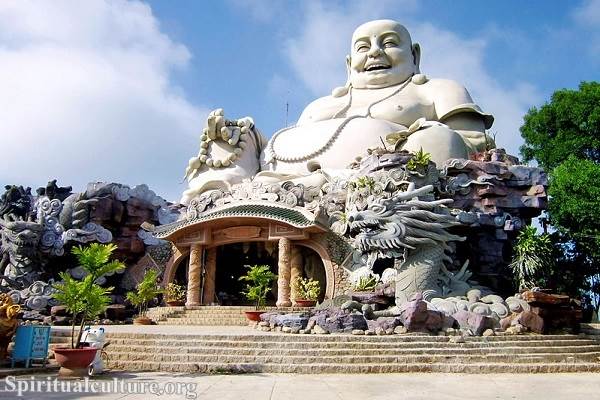Buddhism is a philosophy/religion created by Siddhartha Gautama (Buddha) over 2,500 years ago, founded on Hindu beliefs. There are two major divisions: Mahayana and Theravada, and many subdivisions (Ch’an, or Zen, Buddhism is not really one of these). Fundamentally, Buddhists believe that one must rise above desires to reach a state of enlightenment.
Magha Puja Day and Sangha Day
This celebration usually occurs on the day of the full moon in March. On this day, it is believed that the Buddha gave his disciples a message called the “Ovadha Patimokha,” and amazing things happened.
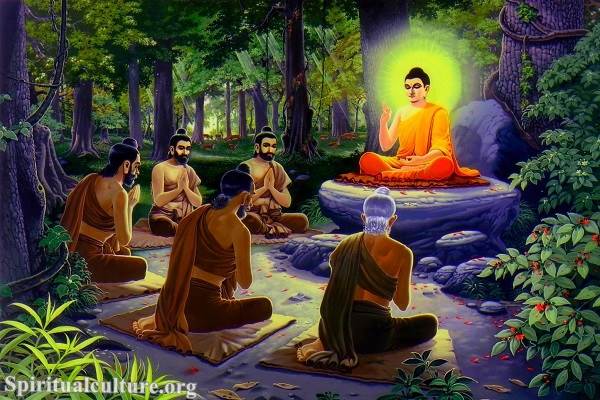
One of these amazing events involved 1,250 Buddha’s disciples coming to see him in the Magaha state capital to pay their respects; amazingly, Buddha had not summoned them there.
The disciples gathered together to form the “Fourfold Assembly,” because they all:
– Were enlightened Arahats-monks.
– Were all appointed by the Buddha.
– Formed the assembly without any planning.
– Came on the full moon of March.
On this day, Buddhists celebrate by cleaning, arranging their homes for prayer, studying the Ovadha Patimokha, going to the temple, and having a procession with candles.
Buddhist New Year
Buddhists celebrate New Year’s Day in certain countries for three days after the first full moon of April. In other countries, the New Year is celebrated around the full moon in January. The time it is celebrated depends on the country and people. For example, people in Tibet celebrate the full moon in February, while people in China, Vietnam, and Korea celebrate at the end of January or the beginning of February.
The Tibetan New Year is called “Losar.” It lasts for three days. On the first day, Tibetans celebrate with their families. On the second and third days, they celebrate with friends. The monks decorate the monasteries, and then the Tibetans go to the monasteries to offer things to purify and cleanse themselves. Special religious ceremonies include rituals to get rid of evil spirits. People clean the buildings in their towns, get new clothing and prepare feasts.
Vesak
This is the most important Buddhist holiday, celebrated on the full moon in May. It is celebrated to commemorate the death and birth of Buddha and to remember how the Buddha became enlightened. It is also an opportunity for Buddhists to try to gain their own enlightenment.
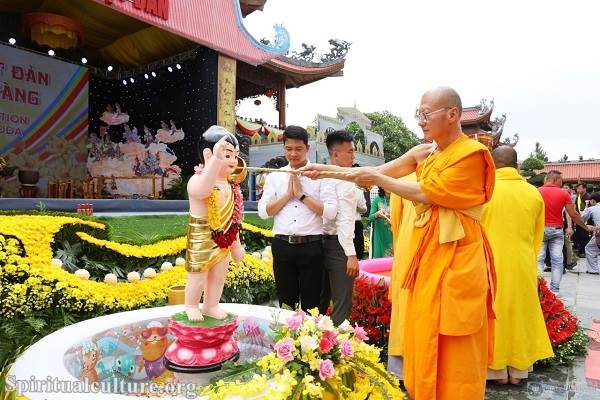
People celebrate by cleaning and decorating their houses. They also go to the temple to worship and bring the monks flowers, candles, and food. They also pour water on the statue of Buddha to remind them to purify their minds of selfishness and maliciousness. They also offer gifts to the Buddha out of admiration for Buddha and Buddhism. The food offered is often vegetarian because Buddhists do not like to kill any living thing.
Dharma Day
This day honors the start of the teachings of Buddha. This event symbolizes the Buddha’s search after his enlightenment to inform his previous disciples of his enlightenment. Dharma Day recognizes the beginning of Buddhism.
This holiday is celebrated at the beginning of winter. Traditionally, the Buddha and his followers would celebrate this festival for three months by hibernating and meditating until the end of the rain. Today, Dharma Day is celebrated as a way to examine Buddha’s writings.
Parinirvana Day
Also called Nirvana Day, this holiday marks the Buddha’s death. His death is celebrated because his followers believe that Buddha left the world of physical pain and suffering and achieved enlightenment by dying. Buddha taught enlightenment for 40 years and was 80 years old when he died. Buddha died in a meditative state and entered nirvana, a state where he would no longer die and be reborn again.
The Paranibbana Sutta talks about the last days of the Buddha’s life, and these parts are read on Parinirvana Day. This day is celebrated by going to the monasteries or temples. In the monasteries, people bring presents such as goods, money, clothing, or food. On this day, Buddhists think about their own death or those they knew that passed away. They meditate and think about those that recently passed away to support them in their afterlife.
Kathina
Kathina is a holiday that occurs after Dharma Day at the time of year when Buddhists give large amounts of money to the poor or needy, called giving alms. It is celebrated in October and November at the end of the Vassa time when there are typically monsoons in many Buddhist countries. At this time of year, Buddhist monks have been in seclusion for three months, and Kathina allows them to come out into public. When they come out, the monks are offered cloth by citizens. The offerings and celebrations can last an entire month.
The story behind the festival is that 30 monks traveled to Buddha to be with him for the beginning of the three-month seclusion, called Vassa, but they did not reach him in time. Buddha learned about this story and sent them the cloth to sew a robe. They decided to sew many new robes using a Kathina, a tool to spread the fabric like a frame. The word means “hard” and suggests stability and durability, traits of the monastic life.
Today, Buddhist citizens continue the tradition of giving cloth to the monks ― their teachers. The cloth is for the whole community, and then it is given to two monks who make the robe. These two monks then decide which member of the community receives the robe.
